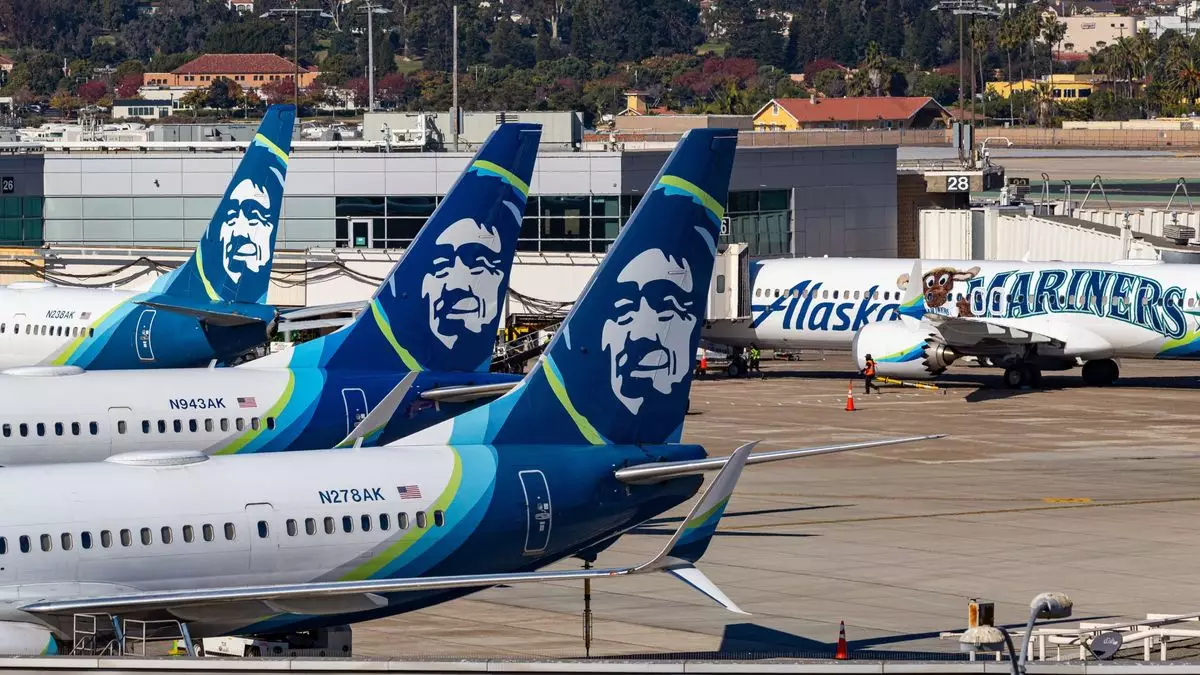Alaska Airlines is stepping into a rapidly evolving aviation landscape with a decisive push to claim a dominant foothold at Hollywood Burbank Airport. As Avelo Airlines prepares to exit the airport later this year, Alaska seizes the opportunity to introduce an array of routes designed to cater to both regional and leisure travelers. By launching daily, year-round services to Eugene, Redmond/Bend, and Pasco, Alaska not only fills the void left by Avelo but also amplifies its presence in California and the Pacific Northwest. This move suggests a deliberate strategy to consolidate market share, positioning Alaska as a reliable carrier for travelers seeking direct links to key destinations.
A Competitive Response and Market Opportunity
In the wake of Avelo’s departure, Breeze airways is positioning itself as a future competitor, planning to inaugurate service by March to several of the same markets. However, Alaska’s existing operational infrastructure at Burbank affords it an undeniable advantage. Already serving five destinations from Burbank, Alaska’s early start allows it to establish routes, build customer loyalty, and secure market dominance before Breeze can fully deploy its services. This competitive advantage underscores Alaska’s intention not merely to replace Avelo but to reinforce its strategic footprint in California’s burgeoning air travel scene, especially in the post-pandemic recovery phase when regional air travel continues to rebound.
Expanding Horizons Beyond Burbank
Alaska’s announced route expansion extends beyond California, showcasing a broader commitment to connecting the Pacific Northwest with key Californian hubs. Notably, new daily routes from Ontario to Boise and Orange County to Spokane highlight Alaska’s focus on serving both leisure and business travelers. These routes, scheduled to commence in early January 2024, indicate Alaska’s confidence in the regions’ travel demand and its readiness to introduce innovative, convenient options for travelers. Significantly, Alaska’s service to Sun Valley and Palm Springs during the winter season further underscores its strategic targeting of seasonal leisure markets, capitalizing on holidays, ski trips, and Warm-weather escapes that are popular with a broad demographic.
Market Exclusivity and Competitive Edge
What stands out in Alaska’s approach is its willingness to fill niches without facing immediate competition. For instance, on routes like Ontario to Boise and San Diego to Sun Valley, Alaska will essentially command a monopoly. Such exclusivity provides a competitive edge, promising travelers straightforward options without packed schedules or multiple layovers. This strategic positioning enables Alaska to solidify loyalty among travelers seeking dependable, direct services. Meanwhile, other carriers such as Allegiant and Breeze are either seasonal or in the early stages of development, providing Alaska with a unique opportunity to dominate these markets and reinforce its reputation as a reliable, all-year connector.
Implications for Regional Connectivity and Airline Strategy
Alaska’s aggressive route expansion at Burbank signals a broader trend in regional airline strategies: leveraging market gaps created by airline reshuffles to capture increased traffic share. In doing so, Alaska elevates its profile as a carrier that prioritizes strategic regional hubs, offering consistent year-round service rather than seasonal gimmicks. This move may well set a precedent, encouraging other airlines to rethink their route plans and prioritize stability and market penetration over short-term gains. For travelers, this means enhanced options, more reliable schedules, and potentially lower fares driven by increased competition in these underserved markets.
Alaska’s bold expansion underscores a pivotal period of transformation in California’s air travel corridor, where strategic positioning and competitive agility will determine who dominates these regional markets for years to come.


Leave a Reply